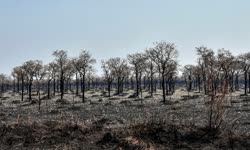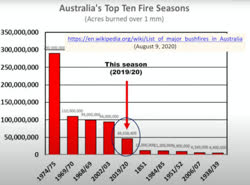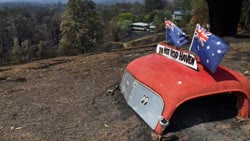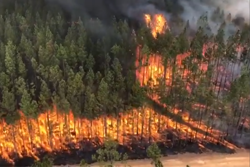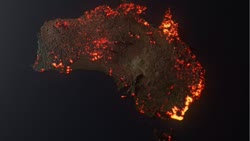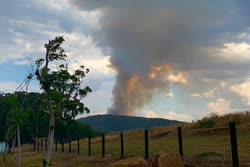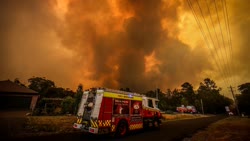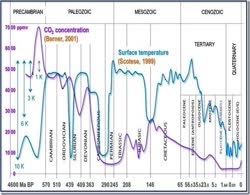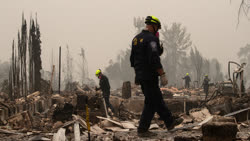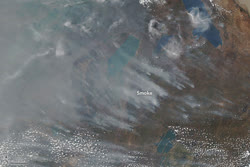2000-23 Mean: 974,894 Acres.
|
|
Same every year
|
|
Fuel loads not climate, caused the 2019 fires. The hottest temperature ever recorded in Australia using standard equipment (a mercury thermometer in a Stevenson screen) at an official recording station is 51.7 degrees Celsius (125 degrees Fahrenheit) at the Bourke Post Office on January 3, 1909.
|
|
Wildfire smoke is beneficial to B.C.'s coastal waters, oceanographer says
Particulate matter from fires a 'sort of fertilization' for top layer of Pacific Ocean.
|
|
NASA: wildfires dropped since 2003 by 25 per cent.
|


